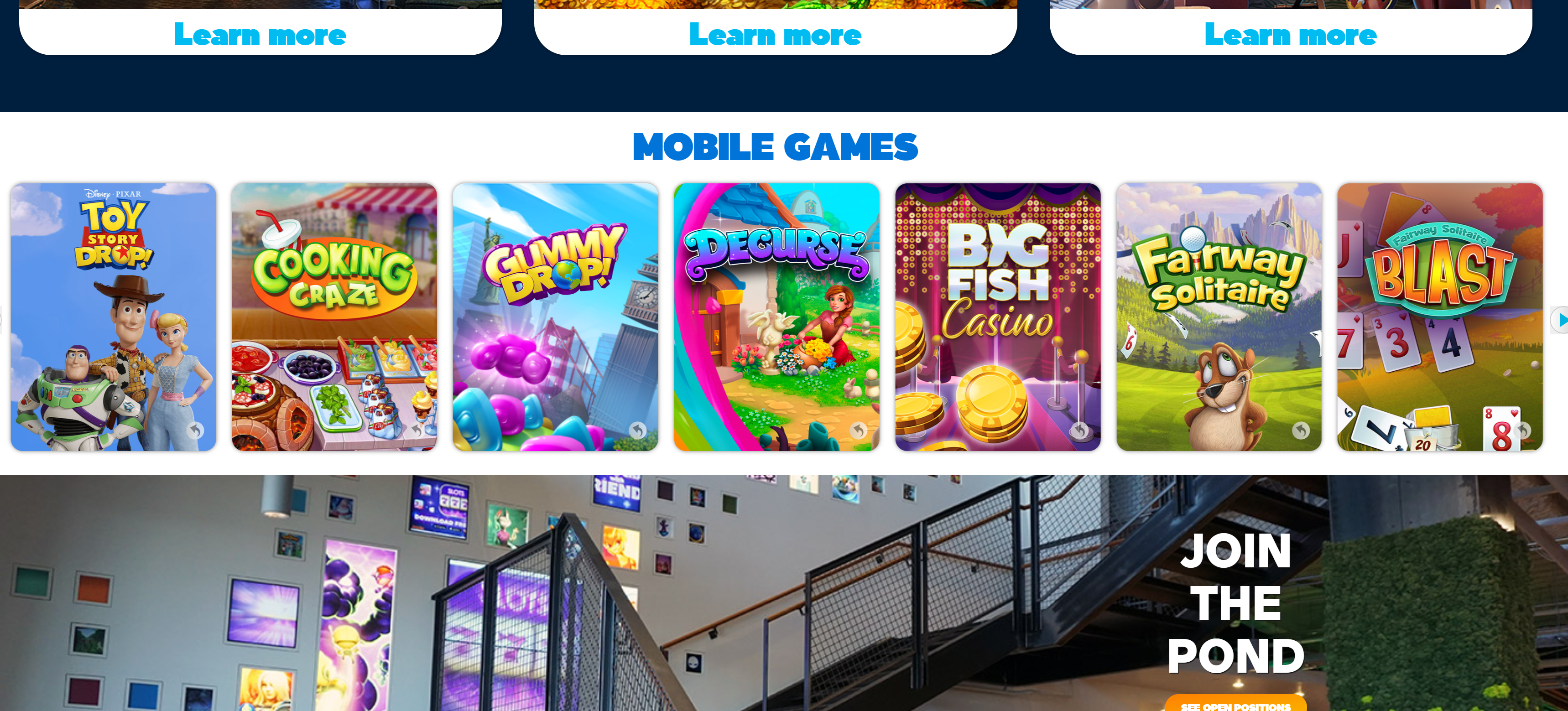Two big accomplishments at Big Fish Games were, one, proving value of the website to a team of leaders that didn’t always understand its value, and two, slowly getting buy in from leadership to bring the Big Fish website to the digital marketing future with a top tier CMS.
Proving Value
Upon being hired at Big Fish, I was given access to a small subfolder that was part of a reverse proxy to make it appear like it lived underneath the Big Fish Games domain. I wasn’t allowed to make any changes to the rest of the website, except for optimizing a few technical things like sitemaps and creating content marketing pieces on a blog or creating game landing pages under the subfolder.
Because of my prior work experience and education, I knew the real value of optimizing an entire website, not just one subfolder of a website, but unfortunately when I started, leadership at Big Fish still believed keyword stuffing was a thing.
So, first, my personal goal was to educate the company on SEO best practices. I then pulled Similar Web data and Google Analytics data to help decision makers understand value points of the website, and the real demographics behind their website visitors.
After about a few months of those discussions, I worked with web developers to build multiple responsive mobile game pages that were optimized for U/X conversion, and I slowly worked towards making a case in building proper content hierarchy.
Soon my mobile “game” pages became a hub of digital experiences related to each game title. For example, I integrated YouTube videos and Zendesk help articles underneath their respective game pages to bring every digital search back to the website.
Using Tune tracking smart links on the landing pages, I proved ROI (cost savings of organic installs vs cost of paid installs, plus money spent in game minus cost to build one page) of five game pages across strong hit titles.
The cost savings and revenue gained in a year was a large number that couldn’t be ignored. This small sample proof of ROI paired with a case study I put together on King Games got me sign off to audit a number of CMS solutions to bring the website into the present digital marketing era.
Before implementation began, we mapped out a roadmap of important items to be built out in the CMS first, then a second tier, a third tier and so on.
The Audit Process
A colleague and I put together a long list of use cases. Most of the use cases were based on digital marketing needs that my colleague and I mapped out – i.e. personalization, A/B testing, dynamic media, UGC, SEO, etc – and some others were built around company cost savings and process improvements. We accounted for a lot – probably not everything – but we did our due diligence when it came to solving content marketing needs and other engineering reqs.
Once we had defined a list of use cases, we reached out to six different CMS solutions with an RFP – all ranging in price. The companies were tasked with proving they could solve our use case needs.
After live demoing four of the CMS solutions based on our use cases – we chose our winner and moved into implementation.




